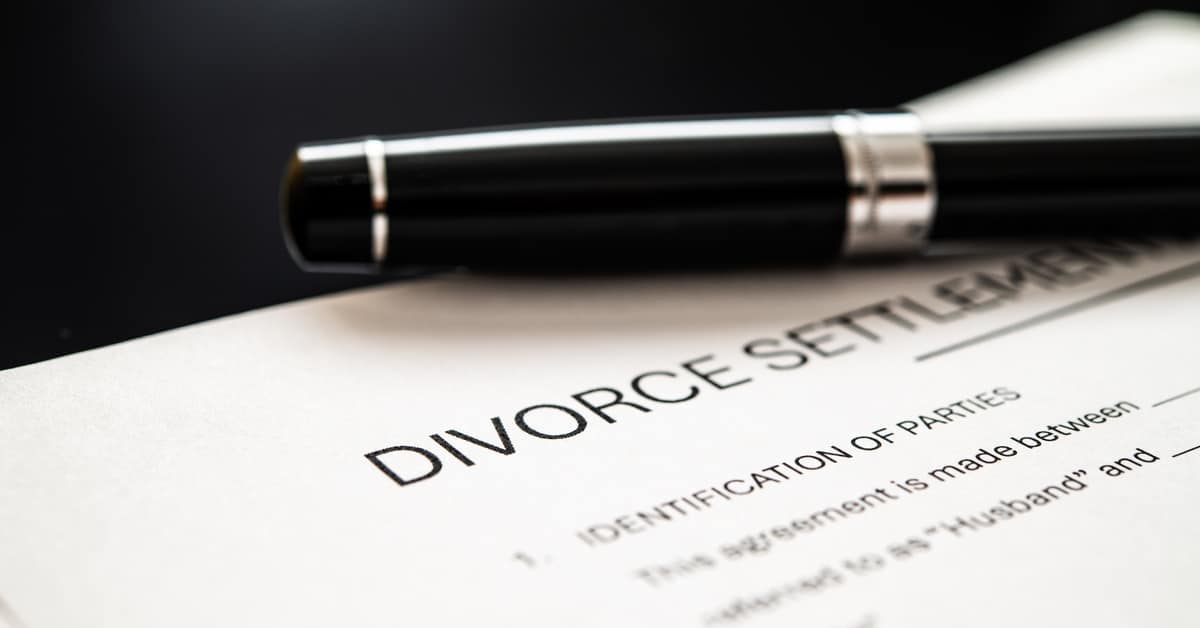
16 Jun 5 Ways To Prove Emotional Abuse in a Divorce Case
Divorce is often challenging for many individuals. This is especially true for people leaving marriages wrought with emotional abuse. While Washington is a no-fault state, understanding the complexity of a marriage and how it got to the point of dissolution is also important. Emotional abuse can be complex to identify and prove because it does not leave visible scars.
Nevertheless, it is still damaging and can have significant legal implications in a divorce case. If you experienced emotional abuse in your marriage, here are ways to prove emotional abuse in a divorce case. With this guide and legal counseling, you can understand several types of evidence and strategies to use in proceedings.
Keep Detailed Documentation
Consistent documentation is one of the most powerful tools to support your claims, as written and digital records provide a timeline that helps build your case. As best as you can recall, make a note of when emotionally abusive behaviors first began.
Include a log of dates, specific words or actions used by your spouse, and descriptions of incidents. Examples of emotionally harmful behaviors to document include the following:
- Repeated attempts to isolate you from friends or family
- Excessive control over finances
- Efforts to undermine your self-esteem
Gather Witness Testimony
Another effective way to prove emotional abuse in a divorce case is to seek testimony from family members, friends, or co-workers who witnessed the abusive behavior or its effects on you. Their testimony can provide an outsider’s perspective, which may convince the court of the pattern and impact of the abuse. Be sure to talk to those close to you about what they observed and ask them to provide written statements or testify if needed.
Rely on Professional Support
Licensed psychologists, therapists, and counselors are just as vital to proving that emotional abuse occurred as they are to coping with and overcoming its effects. They can provide a professional evaluation of how abuse affects your mental health. Furthermore, their written assessments and records of your therapy visits can testify to the harm caused by your spouse’s behavior.
Consult With an Attorney
A family law attorney is another professional you must contact in a divorce. In any legal case, but especially where abuse is a concern, you deserve sufficient legal assistance to defend your rights and well-being.
If you need a divorce lawyer in Washington State, look no further than LaCoste Family Law. At this office, you will receive representation and support that helps you endure the process of dissolving your marriage. Additionally, you will obtain accurate legal guidance on the types of evidence of emotional abuse and how to present them effectively to get the best possible settlement.
Seek a Protective Order
Filing for a protective order keeps you safe and establishes a legal record of the abuse. Courts take these orders seriously, and acquiring one can create further documentation of your claims. Discuss this option with your attorney to confirm it aligns with your legal strategy.
Proving emotional abuse in a divorce requires patience and thorough preparation. Build a compelling case demonstrating the harm inflicted on you by collecting evidence and working with professionals, specifically your attorney. Ultimately, the goal is to present facts clearly and effectively to the court to ensure it hears your voice and protects you.

